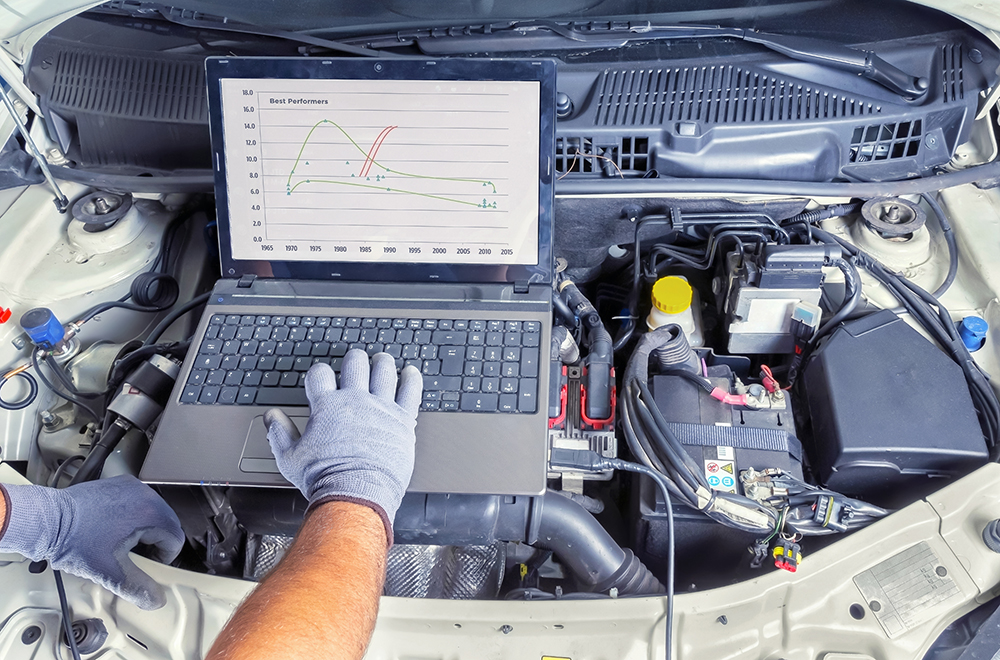In January, according to the U.S. Department of Labor, there were 7.6 million job openings and only 6.5 million actually looking for work. That situation is unsustainable.
Last week, a FleetOwner article covered the growth of robots in the workplace…how they are taking over jobs once only performed by people, specifically in warehouses and the retail and foodservice industries. This is a very different scenario for robotics than we are used to. Most of us have seen the huge robots that are used in automotive manufacturing facilities. These behemoths have a specific function, according to the article, “performing precise, programmed, and repetitive heavy-duty jobs.”
However, newer smaller robots that are now able to “see, learn, and grip” items are being used in warehouses to pick product from shelves for shipping for the retail and foodservice industries. More than 40 percent of US workers are employed in these areas and many of the jobs these people do are likely to be replaced by robots by the year 2030 according to a McKinsey report.
Although companies have been looking towards automating functions to cut labor costs for quite some time, the reality now is that businesses may have little choice but to do so due to extreme shortages in the labor market. This may actually speed up the use of robots since an extremely low unemployment rate puts workers in the driver’s seat, with more career options open to them than ever before. Although in the past, job openings were mainly in the STEM (Science, Technology, Engineering and Mathematics) area, many of today’s openings are in the retail and foodservice industries. And, as the Baby Boomers are retiring at an increasingly faster pace, both the skilled and unskilled labor shortages will become even more troubling.
So if the trend changes…if the economy falters…if the unemployment rate rises…should that cause panic among people who are concerned that robots have taken their jobs? No…because businesses today understand that the skillsets employees need for success are very different. Consider the job of a diesel technician. Truck technology continues to advance at such a fast pace and technicians must keep up with all of these changes. Younger workers embrace technology and look for jobs that will offer ongoing training to keep up with the changes.
What is clear is that, by 2030, regardless of the global economy, the workforce will look quite different, with human beings engaged in more skilled endeavors and robots performing more basic tasks. Perhaps, unlike the “terminator,” humans and robots can co-exist quite well.
Read Jane’s IdeaXchange blog on technician training to see what your fleet should be doing today.





